Maintaining employee motivation and engagement is more critical than ever. Traditional methods of training and onboarding can often feel monotonous, leading to disengagement and reduced productivity.
Enter gamification in the workplace: a powerful strategy that incorporates game-like elements into everyday tasks and processes. By leveraging points, badges, leaderboards, and interactive features, gamification transforms routine activities into enjoyable and stimulating experiences.
This blog explores effective gamification in the workplace strategies to boost employee motivation and drive better performance in your organization.
What is Gamification?
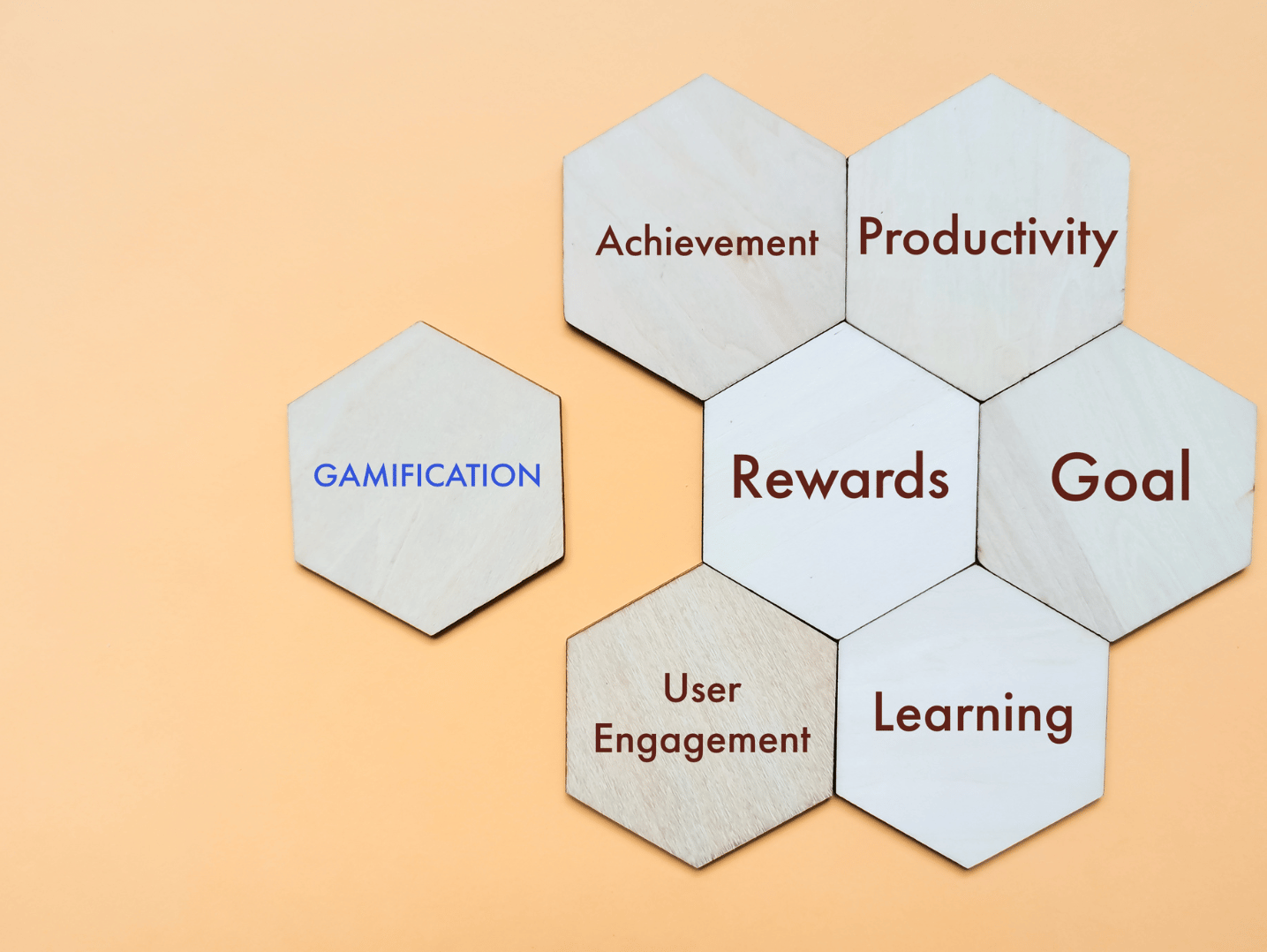
Gamification is the process of integrating game-like elements into non-gaming environments, such as the workplace. In games, progress encourages progress. When brought into the workplace, it can encourage your employees to be more self-motivated and incentivized in their own learning and tasks. This can include the use of 4 major elements: points, badges, leaderboards, and other interactive features, like actual games.
By applying these elements, routine tasks can become more enjoyable, fostering a more dynamic and stimulating work environment. Gamification has evolved significantly, and is not confined to classroom settings. It can be effectively applied to the workplace to enhance employee experience and performance.
Why Gamification Works
Gamification leverages the psychological principles of motivation and reward. By appealing to intrinsic and extrinsic motivators, such as the desire for achievement, recognition, and progress, gamification creates a compelling and enjoyable experience.
The instant feedback and sense of accomplishment associated with gamified tasks can significantly boost employee morale and drive better performance.
How Gamification in the Workplace Benefits Employees

Gamification is a popular process because of the benefits it can bring to your team, both in the workplace and in their everyday lives, such as:
- Increased Engagement: Gamification taps into the natural human desire for competition and achievement. By introducing game mechanics into everyday tasks, employees are more likely to stay engaged and motivated.
This increased engagement can lead to higher levels of job satisfaction and a more vibrant workplace culture.
- Enhanced Productivity: When employees are motivated and engaged, their productivity often increases. Gamification can make mundane tasks more interesting, encouraging employees to complete them more efficiently.
This can lead to improved overall performance and output.
- Improved Learning and Development: Gamified training programs can make learning more interactive and enjoyable. This can be particularly effective for onboarding new employees or rolling out new software and procedures.
Employees are more likely to retain information and develop new skills when they are actively involved in the learning process.
- Positive Reinforcement: Gamification provides immediate feedback through points, badges, and leaderboards, allowing employees to see their progress and achievements in real time.
This positive reinforcement can boost morale and encourage continued effort and improvement.
Implementing Gamification in the Workplace (Practical Tips & Strategies)
When starting your gamification journey in the workplace, it can feel overwhelming. Fret not as we break down the how, when and where to begin your gamification journey the right way!
Where to Implement?
Gamification elements like leaderboards, badges and rewards can be implemented into many different aspects of your workplace. You can try implementing it in the following:
- Training and Development
- Onboarding
- Sales Teams
- Customer Service
- Performance Management
- Sustainability Efforts
Continue reading for ideas on exactly how to implement gamification in the workplace.
How to Implement?

#1 Points to Track and Stack
Use points to provide immediate feedback and rewards for completing tasks, achieving milestones, or participating in activities. These points can help them earn badges and level up.
- Task Completion Points: Assign points for completing specific tasks or projects. This can help ensure that important tasks are prioritized and completed on time.
- Activity Participation Points: Reward employees with points for participating in training sessions, meetings, or company events.
- Performance Points: Allocate points based on performance metrics, such as sales targets met, customer service ratings, or productivity levels.
- Continuous Learning Points: Encourage ongoing education by awarding points for completing courses, attending webinars, or acquiring new skills.
#2 Badges to Show to Glow
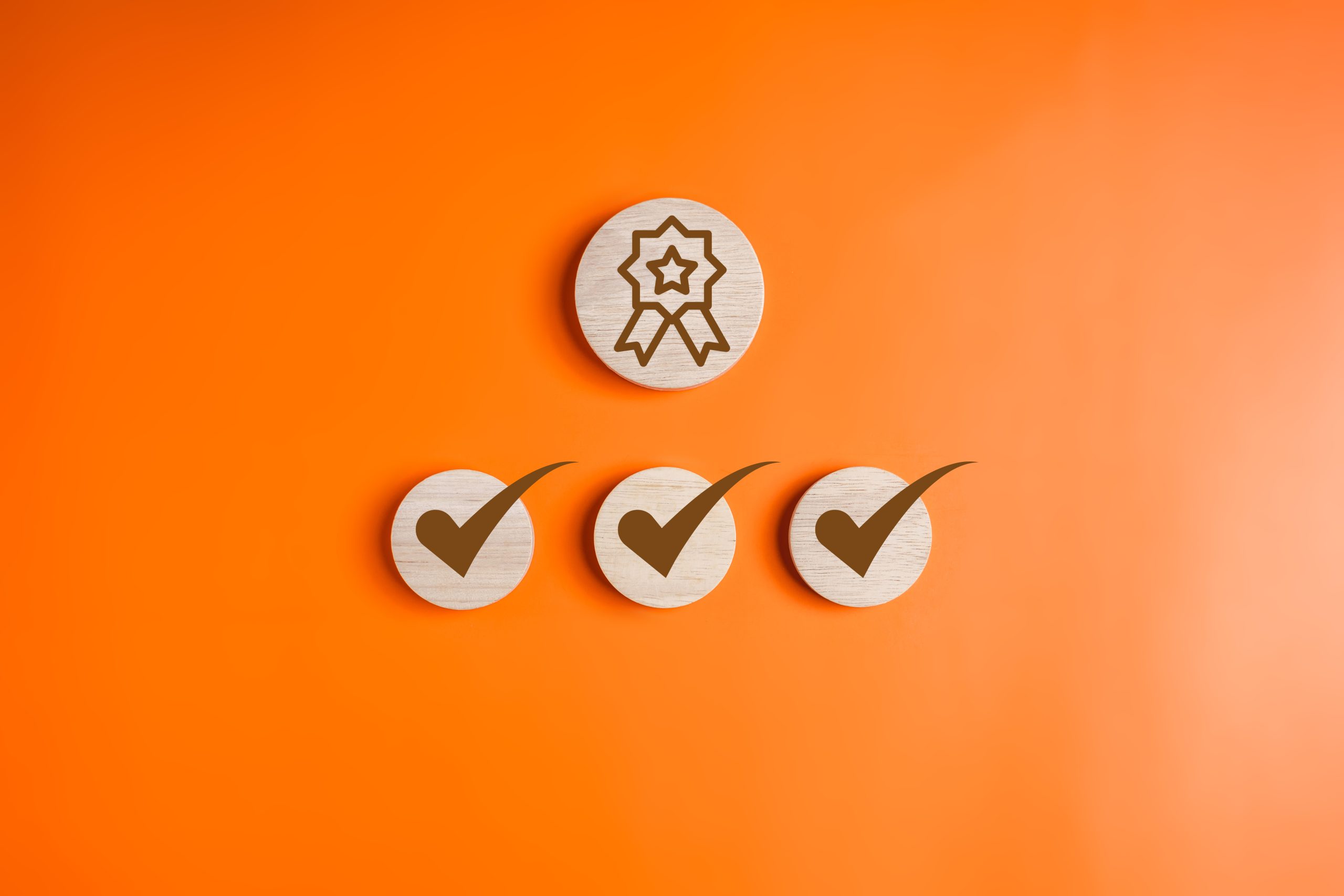
Give away badges as a visual representation of achievements or completed skills. Employees can earn these by completing tasks, reaching milestones, or demonstrating specific competencies.
- Skill-Based Badges: Award badges for mastering specific skills or completing training modules.
- Performance Badges: Recognize high performance, such as meeting sales targets or achieving customer satisfaction goals.
- Participation Badges: Encourage participation in company events, training sessions, or team activities.
#3 Levels and Progression to Rise and Prize
Use levels to indicate the stages of progression that employees can reach through continuous learning and achievement. Award points for different tasks to help them move up levels. At each level they can unlock new challenges, responsibilities, and rewards.
- Onboarding Levels: Create levels for new employees to progress through their onboarding process, each level unlocking new tasks and learning materials.
- Career Development Levels: Design levels that align with career progression, allowing employees to see a clear path for growth within the company.
- Training Levels: Implement levels within training programs to keep employees motivated and engaged as they advance.
#4 Leaderboards to Appreciate Star Employees

Showcase leaderboards for a more competitive element that can drive motivation and performance.
- Individual Leaderboards: Showcase the top performers in various categories, such as sales, customer service, or training completion.
- Team Leaderboards: Encourage collaboration and teamwork by displaying team rankings for group projects or departmental performance.
- Departmental Leaderboards: Foster healthy competition between departments to achieve company-wide goals and initiatives.
Pro Tip: Reward employees with perks and benefits such as additional time offs, vacation money and flexible work hours to boost morale!
#5 Games to energise!
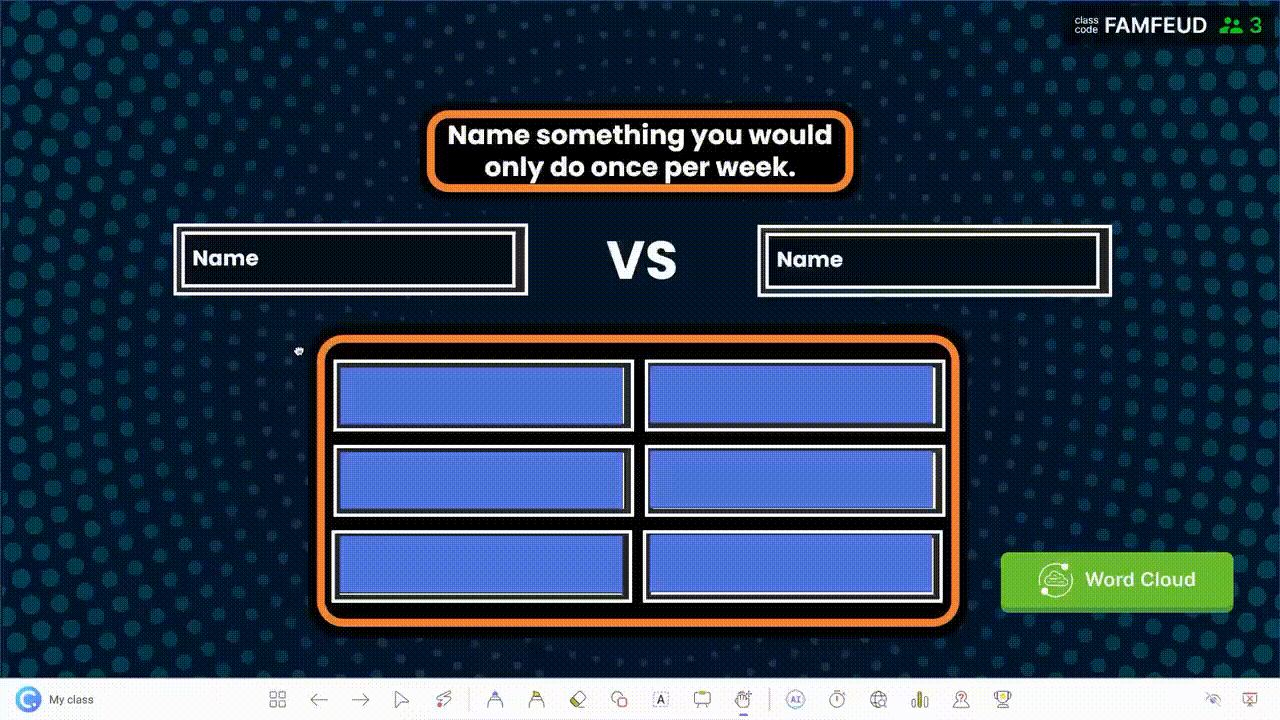
Our favorite way to implement gamification into the workplace is by incorporating games in PowerPoint presentations. Whether it is in training, all-hands team meetings, or game sessions with colleagues, it is one of the easiest ways to keep employees engaged in the workplace.
Try a gamified trivia quiz, or something more engaging, like playing Wheel of Fortune, Family Feud, or Jeopardy! To create a simple gamified quiz for a more interactive meeting session, follow the following steps:
Get started quickly with these more PowerPoint game templates here!
Step 1: Download ClassPoint
Download ClassPoint for free from classpoint.io. Once downloaded ClassPoint will appear in your PowerPoint ribbon, like the Home, Insert, and Design tabs for easy access and editing.
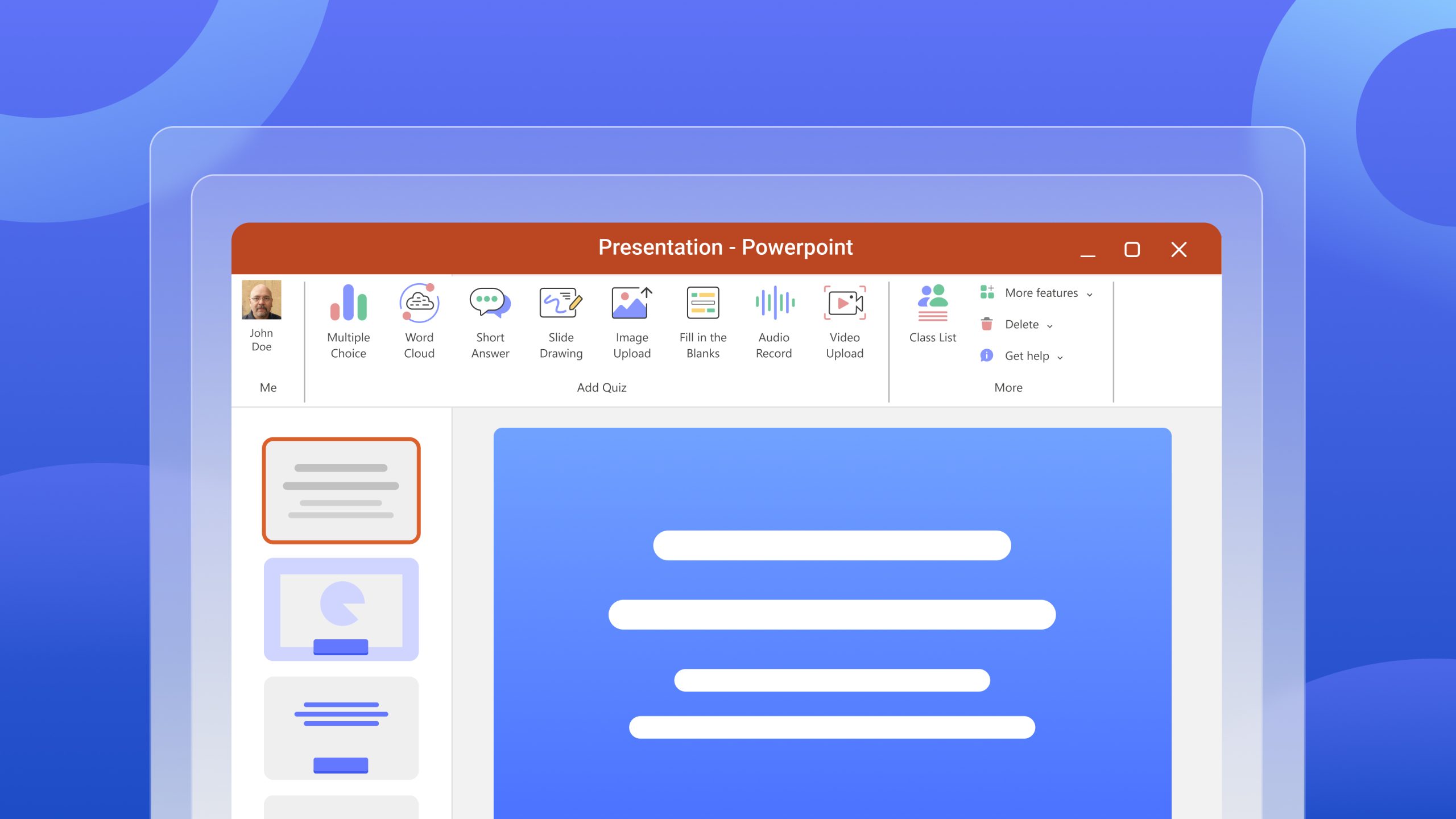
Step 2: Add Interactive Quizzes to Your Slides
Turn your PowerPoint slides into an interactive experience with 8 different question types, available in your PowerPoint ribbon. Then, run the quiz questions in slideshow mode with your audience during your presentation by inviting them to join your class from classpoint.app and clicking on the interactive button.
You can also run quick polls during your presentations in a single click!
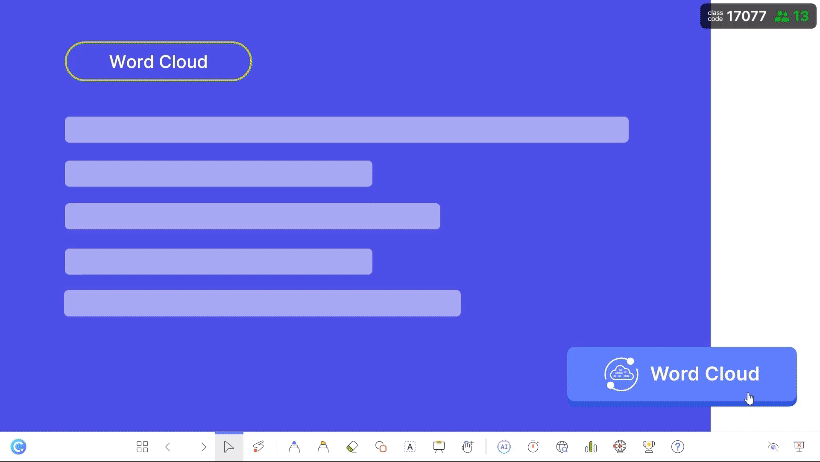
To track the progress of your audience throughout multiple sessions, try creating a Saved Class!
Step 3: Award Stars, Level Up and Reveal Leaderboards
After reviewing questions with your audience, award them stars for participating. As they are awarded stars, they can level up and make their mark on the leaderboard.
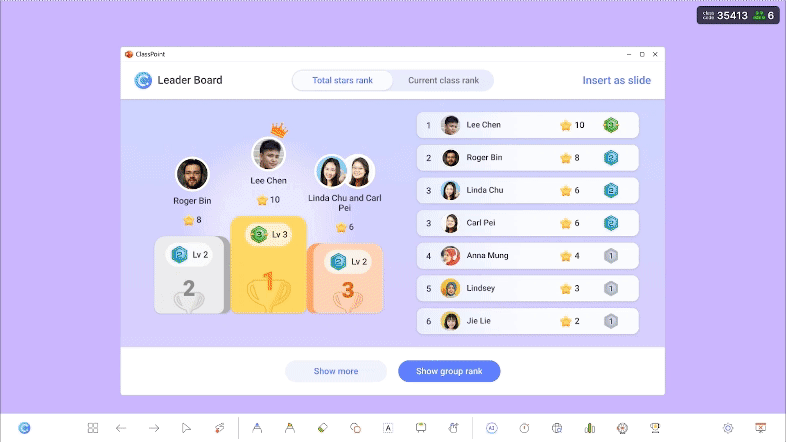
Review the leaderboard in your presentation or after your sessions in the ClassPoint webapp.
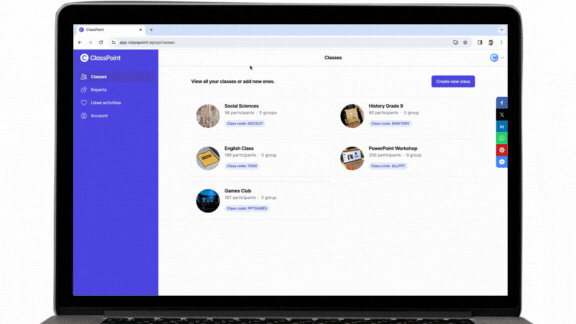
Top 7 Gamification in the Workplace Real-World Examples and Success Stories

Don’t just take it from us! Here are some notable examples of companies successfully implementing gamification in the workplace.
1. Deloitte Leadership Academy
Deloitte implemented a gamified training program for its Leadership Academy. The program used leaderboards, badges, and missions to encourage completion of training modules. This resulted in a 37% increase in the number of users returning to the training program each week.
2. SAP’s Roadwarrior
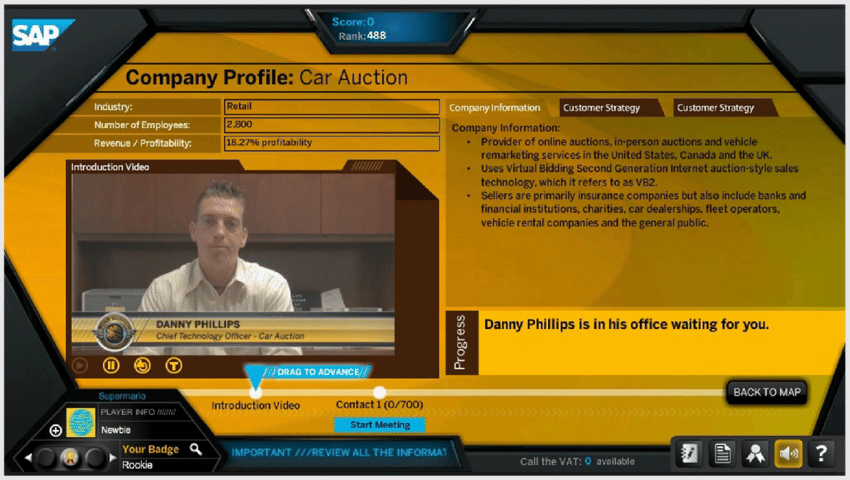
SAP developed a gamified sales training tool called Roadwarrior, which uses points and badges to motivate sales representatives. This tool helped increase engagement and improved the overall effectiveness of the training program.
3. Google’s Travel Expense System
Google gamified its travel expense system by offering employees the chance to keep a portion of the money they saved on business trips. This encouraged employees to be more cost-conscious and resulted in significant savings for the company.
4. Cisco’s Social Media Training Program
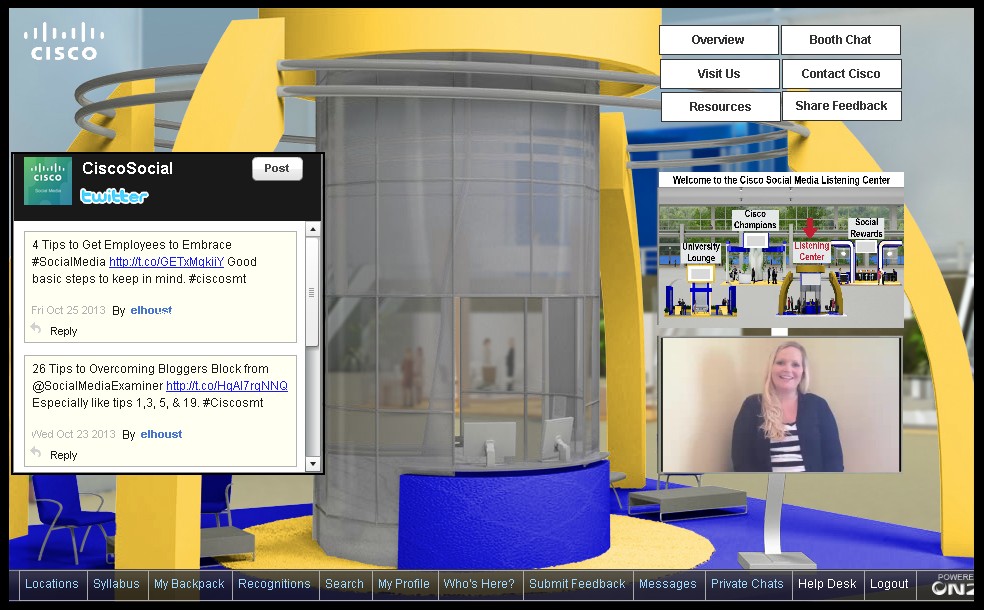
Cisco created a gamified training program to improve employees’ social media skills. The program featured different levels, badges, and a leaderboard, leading to increased participation and proficiency in using social media tools.
5. FormaPost’s Jeu Facteur Academy
Formapost, a postal service company, used gamification to improve retention among new hires. Their “Jeu Facteur Academy” provided a realistic job preview through a gamified experience, reducing early turnover from 25% to 8%.
6. T-Mobile’s Sales Team Gamification
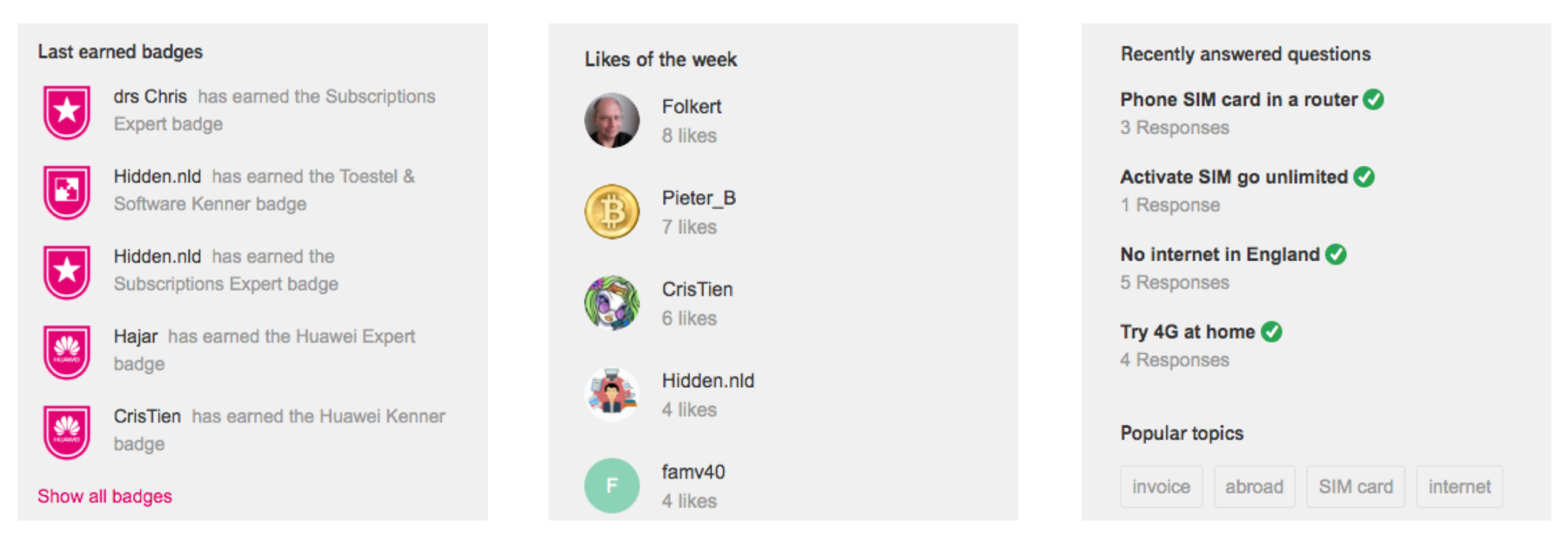
T-Mobile built its business on gamification, using it to drive sales and enhance employee engagement. Their gamification strategies include leaderboards, challenges, and rewards to motivate employees and achieve business goals.
7. Microsoft’s Ribbon Hero
Microsoft introduced Ribbon Hero, a gamified training tool to help employees learn the features of Microsoft Office. By turning training into a game, employees were more engaged and better able to master the software, resulting in improved productivity.
4 Best Practices for Gamification in the Workplace
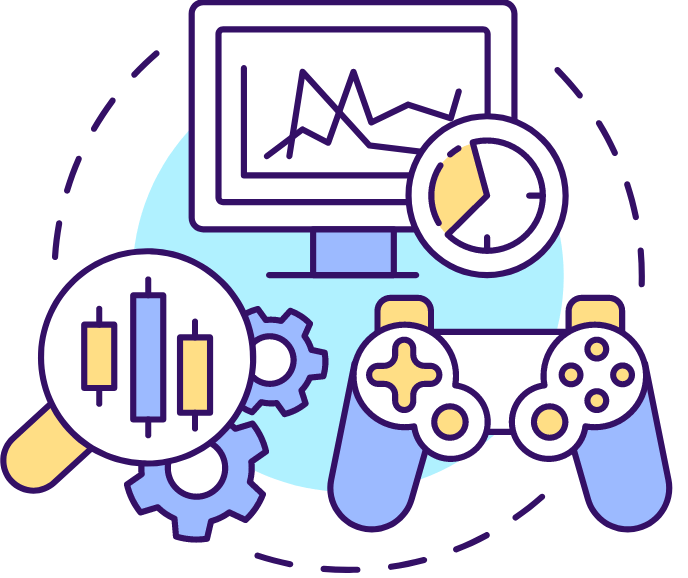
- Define your goals
Before implementing gamification in the workplace, it is essential to define clear goals. What do you hope to achieve? Increased productivity, better training outcomes, or improved employee engagement? Having specific objectives will guide the design and implementation of your gamification strategy.
Ensure that the gamification strategy aligns with broader business objectives. This alignment will help justify the investment and ensure that the gamification efforts contribute to overall company success.
- Choose the right tools
There are various gamification platforms and tools available, each with unique features. Choose a tool that aligns with your objectives and is easy for your employees to use. Whether that is tools that be added to your everyday practice like ClassPoint, or something bigger like Kevuru.
- Balance Competition and Collaboration
While competition can be motivating, it is important to balance it with opportunities for collaboration. Encourage teamwork and collective achievements alongside individual accomplishments to foster a supportive and cohesive work environment.
- Monitor and adapt
Regularly track the progress of your gamification in the workplace efforts. Use analytics to see what is working and what isn’t. Be prepared to make adjustments based on feedback and performance data. Continuous improvement is key to maintaining engagement and achieving long-term success.
Final Thoughts
Implementing gamification in the workplace is not without its challenges.

One major issue is poor design and misalignment with company culture. If the gamification elements are not tailored to the specific needs and culture of the workplace, they can backfire. For example, a poorly designed system may create undue stress or unfair competition among employees, as seen in the Disneyland Resort Hotels case, where employees felt pressured to skip breaks to meet targets.
The risk of overemphasis on competition can also create problems. While competition can be motivating, it can lead to negative behaviors such as cheating or undermining colleagues. This can create a toxic work environment and reduce overall team cohesion.
The long-term value of gamification can also diminish over time. The initial excitement of gamification can wear off, leading to reduced engagement. It can be challenging to keep the gamified elements fresh and interesting in the long term. Gamification might lead to short-term productivity boosts but may not provide sustainable long-term benefits if not integrated thoughtfully into the overall work culture.
Lastly, there is the potential for inequity. Not all employees may have equal opportunities to participate in or benefit from gamified systems. This can lead to feelings of inequity and unfairness, particularly if rewards and recognition are not distributed evenly.
While implementing gamification in the workplace comes with its challenges, careful planning and thoughtful execution can yield significant benefits for both employees and the organization.
In the end, gamification offers a unique and effective approach to enhancing employee motivation, engagement, and productivity in the workplace. By integrating elements such as points, badges, levels, and leaderboards into your training and onboarding processes, you can create a more dynamic and enjoyable work environment. By embracing gamification in the workplace, you can unlock new levels of employee satisfaction and performance, ultimately driving your company’s success.
